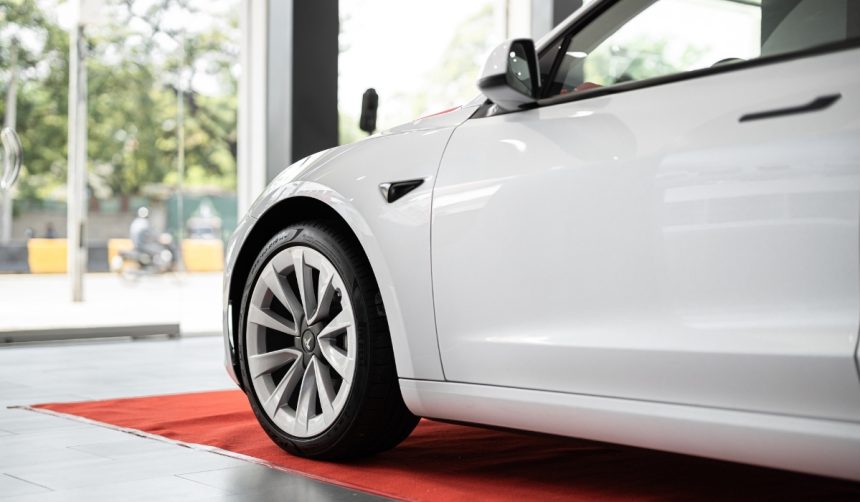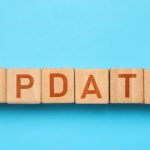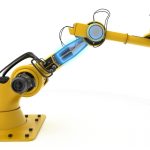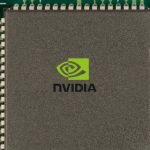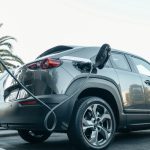Tesla’s announcement of the North American Charging Standard (NACS) initially faced a lukewarm reception among automakers. Despite the objective superiority of NACS over the Combined Charging System (CCS), established companies like Ford and General Motors showed minimal interest. It wasn’t until Tesla offered access to its expansive Supercharger Network that the tide began to turn. This development marked a significant shift in the electric vehicle (EV) landscape, compelling major players to reconsider their charging infrastructure strategies.
In the initial phase of NACS introduction, only the small EV startup Aptera adopted Tesla’s port, while mainstream automakers remained hesitant. Market observers noted that the industry’s initial reaction was largely dismissive, viewing Tesla’s move as presumptuous. However, the scenario began to change six months later when Tesla provided NACS adoptees access to its reliable and extensive Supercharger Network. This incentive catalyzed widespread acceptance among other automakers.
Turning Point: Supercharger Network Access
Chargeway CEO Matt Teske highlighted that despite NACS’s technical advantages, the industry’s commitment to CCS was a significant barrier. Teske remarked,
“When Tesla announced the North American Charging Standard, most everyone in the industry scoffed and said ‘Who are they to say this is a standard?’
This sentiment started to shift as companies recognized the practical benefits of joining Tesla’s established and efficient charging network.
Ford was the first major automaker to adopt NACS, with CEO Jim Farley and Elon Musk announcing the partnership on social media in May 2023. Farley’s personal experiences with the inadequacies of CCS fast charging networks influenced his decision, leading him to acknowledge the superior consumer experience offered by Tesla’s Superchargers.
“I just realized, ‘Wow, that is a big advantage for them. I’d always intellectually understood, but I didn’t really understand it as a consumer,”
Farley noted.
Domino Effect Among Automakers
Following Ford’s commitment, General Motors quickly followed suit, with GM CEO Mary Barra and Musk confirming their adoption of NACS in a public conference. This move initiated a series of announcements from both new and established automakers, including Rivian and Toyota. The widespread adoption of NACS ultimately led to its standardization by SAE International, officially naming it J3400.
Examining earlier reports on Tesla’s charging strategy reveals a pattern of gradual but strategic moves. Initially, only smaller companies like Aptera showed interest, and industry skepticism was prevalent. However, the critical move to integrate Supercharger access significantly changed the narrative, turning NACS into a widely accepted standard. This shift underscores the importance of comprehensive infrastructure in the EV market, highlighting Tesla’s strategic foresight.
The transition of major automakers to NACS underlines the pivotal role of charging infrastructure in the EV adoption process. By offering access to its extensive Supercharger Network, Tesla effectively compelled other manufacturers to reconsider their charging solutions, accelerating the standardization process. This development not only emphasizes the influence of infrastructure on technology adoption but also signals a broader industry trend towards more unified and efficient charging standards. Looking ahead, the move towards NACS could streamline the EV charging experience, benefiting consumers and the industry alike.
- Tesla’s NACS initially faced slow adoption by major automakers.
- Access to Tesla’s Supercharger Network turned the tide for NACS.
- Major automakers like Ford and GM quickly followed suit.

